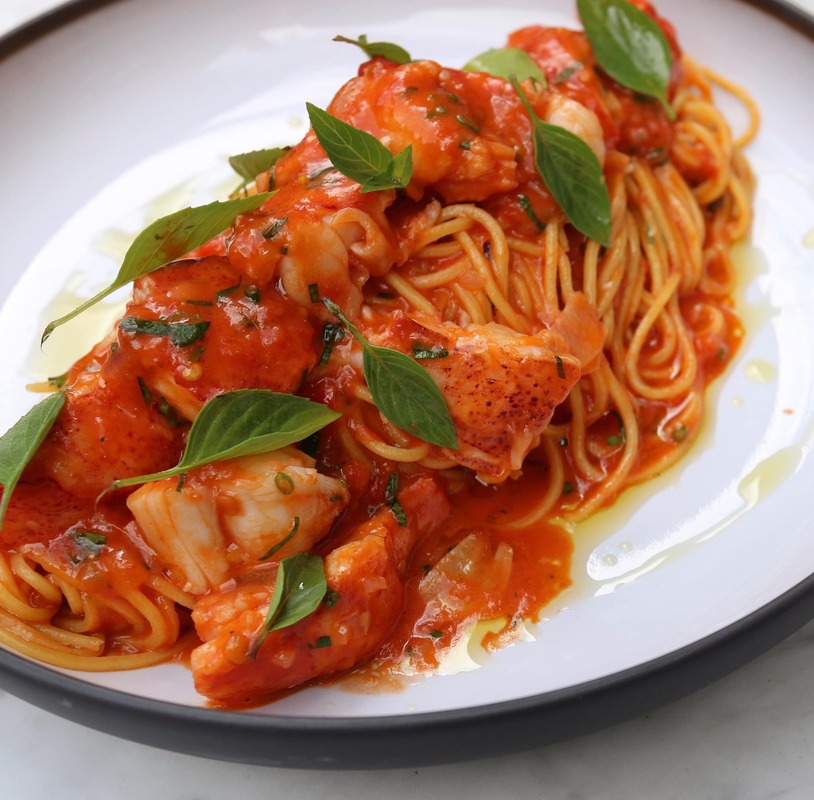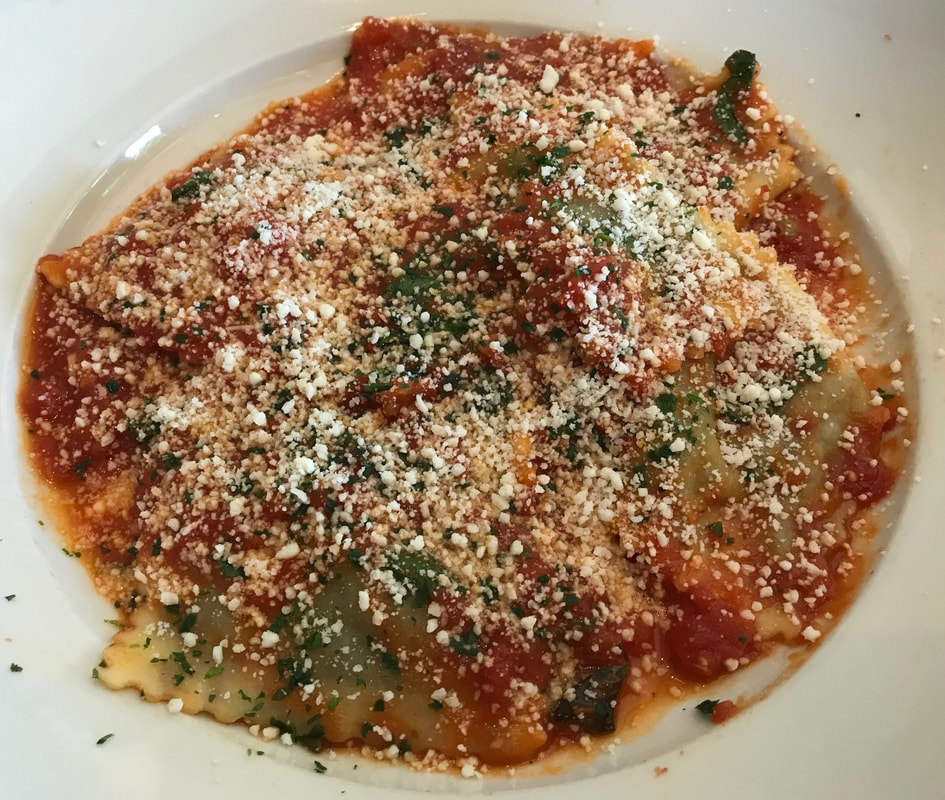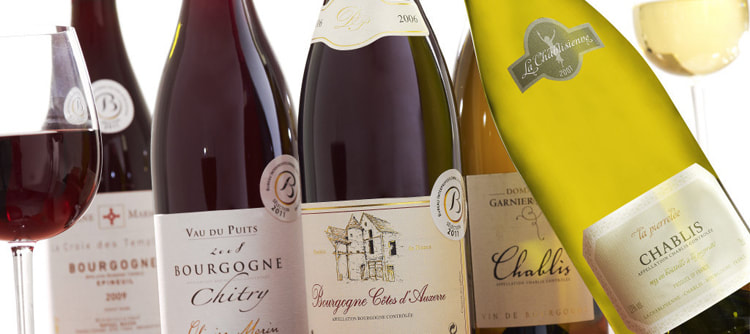Lobster Fra Diavolo can be a rich and fun dish. It might also have had a practical, or devious, reason for its creation. On a gastronomic trip to Italy nearly a decade ago sponsored by the Gruppo Ristoranti Italiani, a restaurateur from Massachusetts mentioned to me that he believed Lobster Fra Diavolo likely was created many years earlier because restaurants had to cover the taste of seafood going bad. If so, that gives an additional layer – maybe more substance, too – to the name of the dish, a slightly devilish one at that.
A version of Lobster Fra Diavolo from Tagliata restaurant in Baltimore




 RSS Feed
RSS Feed

